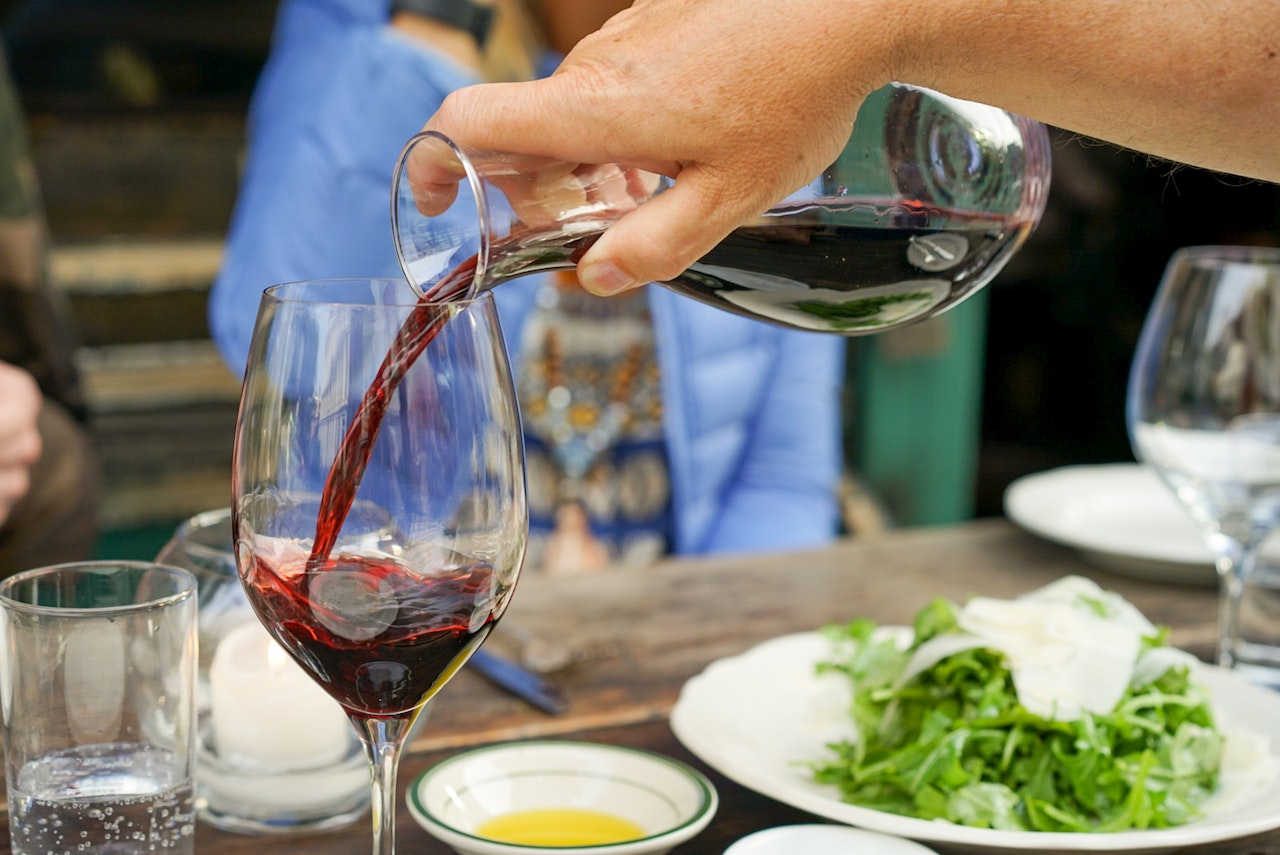Ever noticed tiny crystals or a deep, ruddy residue in the last sip? It’s easy to compare it to those sugar crystals lingering at the bottom of your espresso – no biggie, right? You just didn’t stir well enough. But when it comes to wine, this sediment can be a cause for minor alarm. Don’t fret, we’re about to dive into the truth about wine sediment and why it’s no cause for panic.
Delving into the Wine Sediment Phenomenon: A Wine-Lover’s Guide
When we encounter these curious white or red crystals or the dark, almost sludgy substance in our wine glasses, questions often start bubbling up. Is wine sediment harmful? Should I be worried about consuming wine with these dregs? Is it indicative of some wine-making mishap?
These are valid concerns, but the answers might surprise you: no, no, and absolutely not! In most cases, sediment in wine is a sign of minimal intervention during the wine-making process.
Wine Sediment Unmasked
Primarily, the sediment or “dregs” in your wine are composed of either tartrate crystals (affectionately known as “wine diamonds”) or lees – residual yeast. These are entirely natural byproducts of the wine-making process and are completely safe to consume. That said, finding these unexpectedly crunchy guests can be a bit startling.
Effective Ways to Tackle Wine Sediment
If the idea of gritty sediment in your wine turns you off, a simple solution is to decant your wine. By pouring your wine through a cheesecloth, a fine-meshed sieve, or a rinsed coffee filter into a decanter or large jug, you can easily separate the sediment.
Demystifying Tartrate Crystals: The Hidden Diamonds
These glittering “wine diamonds” are nothing but remnants of potassium bitartrate or calcium bitartrate that separate from the wine solution. They are more frequently seen in white wine, especially when it has been chilled for an extended period. The science behind it? Heat encourages solids to dissolve in liquids, while cold temperatures can push them back into their crystalline state.
During fermentation, yeast transforms grape sugars into alcohol and carbon dioxide. However, natural components of grape juice like potassium and tartaric acid remain in the wine. To prevent the formation of tartrate crystals, many commercial wineries use a process called cold stabilization. The process involves cooling the wine below freezing for several weeks, forcing the tartrate crystals to separate before bottling.
The remaining potassium bitartrate crystals can then be collected, ground, and sold as cream of tartar. There are also other innovative methods to stabilize tartrates, such as using mannoproteins from yeast cell walls or an advanced process called electrodialysis.
A Peek into Red Wine and Lees Sediment
While many wineries perform stabilization processes on their white and rosé wines, red wines are often left untouched. This is because high-quality red wines are aged on their lees for several weeks, reducing the likelihood of tartrate formation. Plus, since red wines are typically enjoyed at room temperature, they’re less likely to form tartrate crystals.
Lees sediment is almost exclusive to well-aged red wines. Given that red wines use whole crushed grapes, they end up with more suspended grape particles. These particles, even after pressing, ageing, and filtering, can gradually settle into fine silt at the bottom of the bottle.
Decanting: Your Ally Against Wine Sediment
While lees sediment is not harmful, it’s understandable that you’d prefer your wine without it. Here’s where decanting comes to the rescue.
The principle behind decanting is simple: pour the wine slowly, ensuring the sediment remains in the bottle. A handy trick is to use a flashlight under the bottle as you decant. This allows you to see when the sediment begins to move towards the bottleneck, signalling you to stop pouring.
Before you start decanting, make sure to let all the lees settle at the bottle’s bottom. If your wine has been resting sideways, stand it upright for a few days prior to decanting.
Remember, decanting isn’t a rigorous science or a test of your sommelier skills. If you mess up the decanting process or simply can’t wait, don’t sweat it. Serve the wine and when your guests notice the sediment, you’ll have a fascinating tale to share about the intriguing world of wine sediment.






